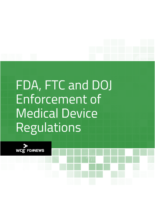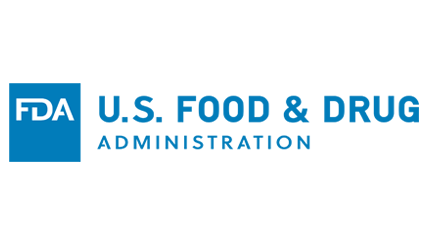
Home » What Device Manufacturers Can Learn From FDA’s Inspection Data
What Device Manufacturers Can Learn From FDA’s Inspection Data

Medical device quality managers that don’t want to wind up a statistic in a future FDA report on quality deviations should dig deeply into the agency’s recently released report on inspections, Form 483s and warning letters, says Michael Gaba, a partner in the law firm Polsinelli.
The agency released CY2016 Annual FDA Medical Device Quality System Data Inspections, FDA Form 483 Observations, and Warning Letter Citations, says Gaba, to give companies a peek into data collected by the FDA during inspections so they can see what’s happening across the regulated industry.
The report “lets you see trends, which can show you potential problems that you should be focusing on because the odds are that you too will find yourself in the same bucket of deviations,” says Gaba, who will present an FDAnews webinar on lessons from the FDA report August 9.
For example, he says, it’s helpful for foreign companies to know foreign inspections increased while domestic inspections decreased. It’s also helpful to know that foreign companies got slapped with an Official Action Indicated (OAI) after an inspection 12 percent of the time, when domestic companies got OAIs 7 percent of the time.
“U.S. companies seem to be doing a better job getting it right,” says Gaba, which he added may be a function of their having been in the market and subjected to FDA regulations for longer.
Companies in China, Germany and the United Kingdom should take heed, as they are the companies most often getting OAIs.
In 2016, FDA issued 854 Form 483s, and 3,027 Form 483 observations were cited for 21 CFR 820 (Quality System regulation) deficiencies. Two thirds of those observations fell into the categories of Corrective and Preventive Action (CAPA) and Production and Process Controls (P&PC). CAPA and P&PC continue to be the most frequently observed and cited quality subsystems.
Upcoming Events
-
23Apr
-
25Apr
-
07May
-
14May
-
30May

